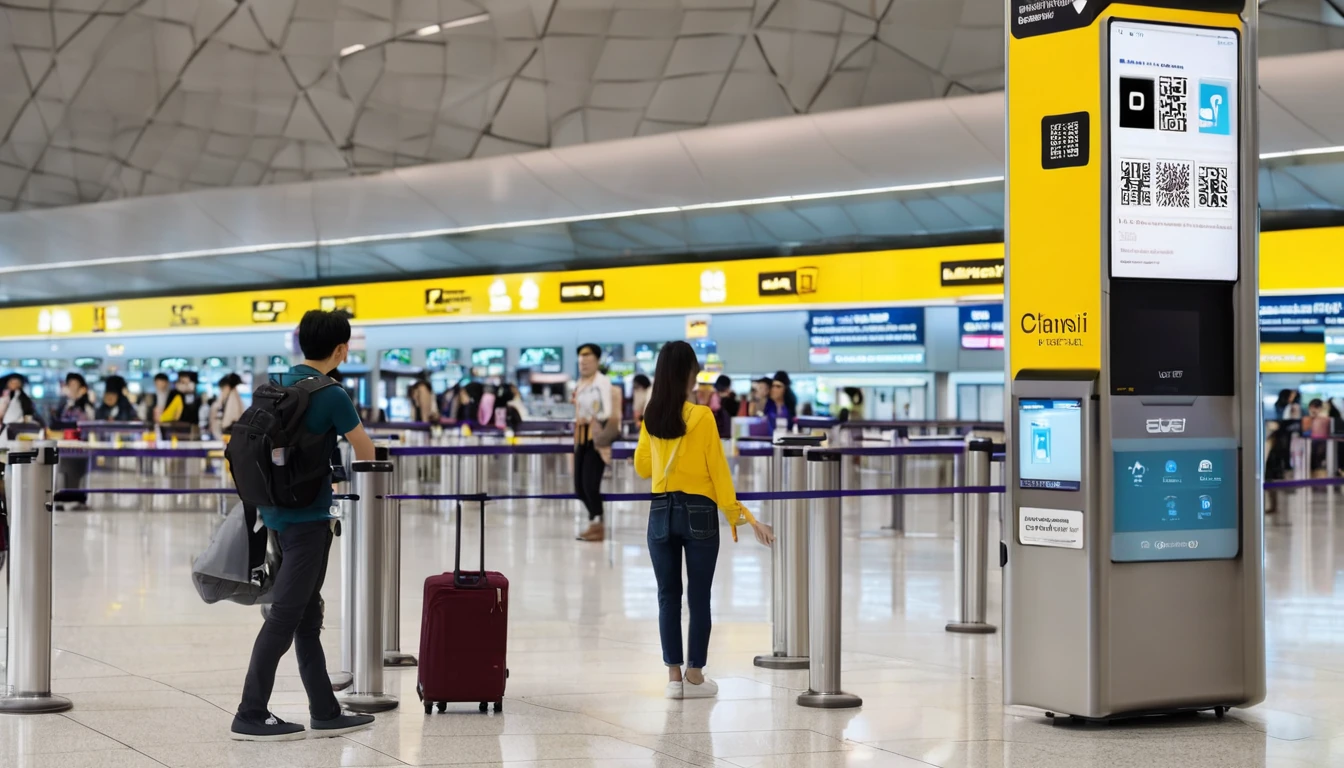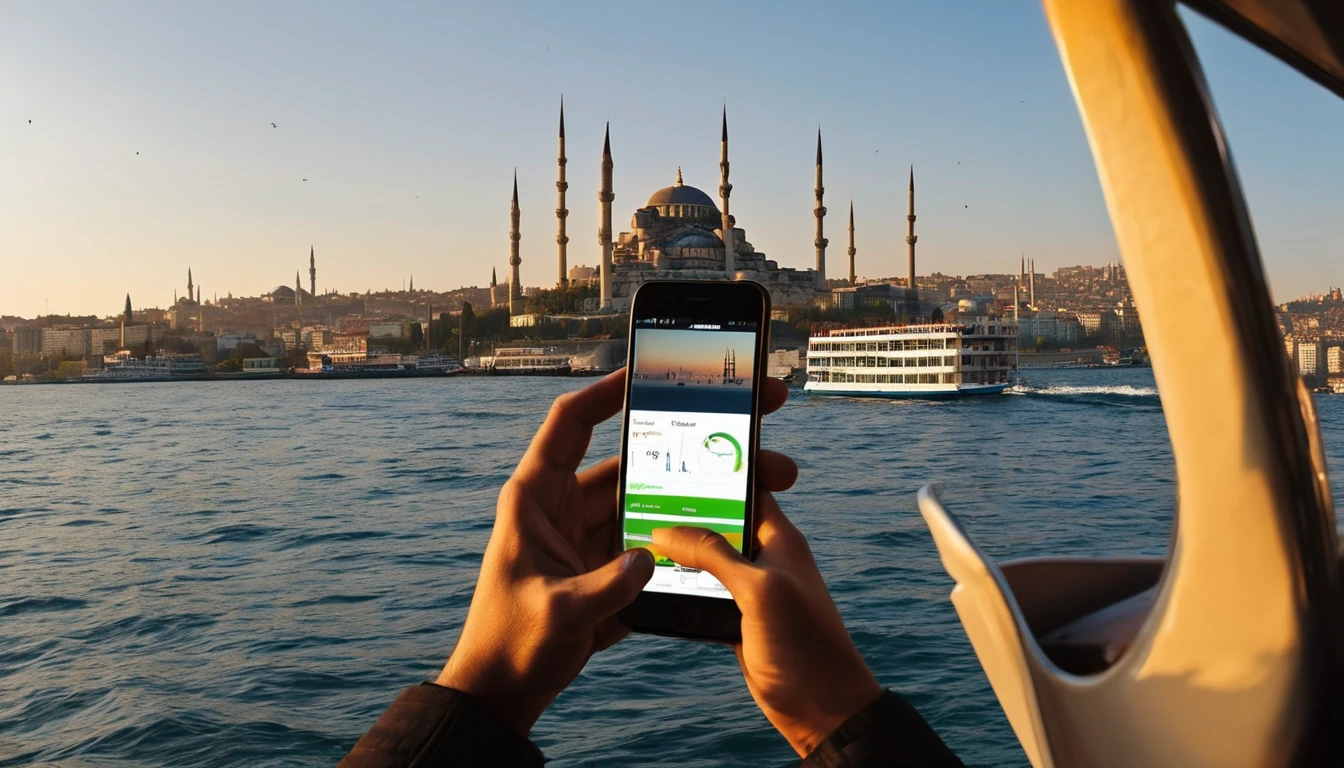Travelling should not mean hunting for a signal. Multi‑network smart switching keeps your phone or tablet online by automatically moving you to the best available mobile network as conditions change. Instead of betting your trip on a single carrier, a smart‑switching eSIM monitors coverage and performance and re‑registers you with a stronger partner network when it matters—on a mountain pass, in a packed stadium, or while crossing a border. The result is more consistent data, fewer dead zones, and less time fiddling with settings.
In this guide, we unpack how multi‑network smart switching works in plain English, what real‑world failover logic looks like, and how it compares to single‑network eSIMs. You’ll also get practical steps to make sure it’s set up right before you fly, plus pro tips for testing and manual override. Planning a trip? Browse supported countries on Destinations, or jump straight to regional plans like Esim Western Europe or Esim North America.
What is multi‑network smart switching?
Multi‑network smart switching is an eSIM capability that lets your device register with multiple partner networks in a country or region, and then move between them automatically based on signal and quality. Think of it as “best network wins” for your data session.
Key points: - It’s automatic: no manual scanning each time reception dips. - It’s dynamic: decisions consider signal strength, congestion and real throughput—not just “bars”. - It’s stabilised: thresholds and cool‑down timers prevent constant ping‑ponging between networks. - It’s traveller‑proof: you can still override manually if you want to force a specific network.
This is different from simply “roaming” onto one foreign network and staying stuck there all trip.
Why it matters when you travel
- Urban canyons and rural dead zones: Buildings, hills and distance affect each network differently. Smart switching gives you options.
- Big events and peak hours: When one carrier’s cell gets congested, another nearby site may be freer. Switching keeps speeds usable.
- Cross‑border hops: Driving from France to Italy? The system can hand you to the best partner on arrival. See local options like Esim France and Esim Italy.
- Reliability for work: Video calls, maps and ride‑hailing work more consistently—critical for teams using For Business.
- Less tinkering: Avoid the hassle of swapping SIMs or digging through settings mid‑journey.
If you’re heading stateside, check coverage on Esim United States. For Spain, see Esim Spain. For multi‑country trips, start with Esim Western Europe or Esim North America.
How multi‑network smart switching works (plain‑English)
Your phone always talks to nearby mobile towers and rates them. Smart switching adds a policy layer—on the eSIM and in the network—that guides the device to choose a better partner when quality drops below set thresholds.
The decision flow
Here’s a simplified view of the logic. It’s not every variable, but it shows the idea:
- Start on Network A
- Monitor:
- Signal strength (e.g., “bars”, RSRP)
- Signal quality (e.g., SINR)
- Real data throughput
- Latency and packet loss
- Cell congestion indicators
- Compare to thresholds (with a little hysteresis to avoid flapping)
If bad for X seconds → scan + evaluate neighbours → switch if a better network is stable for Y seconds.
Diagram:
Current network (A) | v Measure quality for 10–30s | +-- Meets thresholds? --> Stay on A (recheck) | +-- Below threshold? --> Scan neighbours (B, C) | v Is B or C clearly better? (quality + stability window) | Yes ---------------> Switch to best (B/C) | No ---------------> Retry later (cool‑down)
Stability mechanisms: - Thresholds: Don’t react to tiny dips. - Hysteresis: Require an improvement margin before switching (e.g., +6 dB). - Cool‑down: Wait a short period after a switch before reconsidering. - Session awareness: Avoid switching mid‑upload if possible.
What actually changes during a switch
- Your device deregisters from the current partner network and registers on another authorised partner.
- Your public IP may change; app sessions using mobile data could briefly reconnect.
- The eSIM’s policy ensures only vetted networks are used.
Most switches complete in a handful of seconds. For map updates or chat, you won’t notice. Live streams or video calls may briefly resettle.
Benefits vs single‑network eSIMs
Single‑network eSIM: - Pros: Can be fine if that carrier has excellent coverage where you are. - Cons: You’re stuck if coverage is weak, a site is congested, or maintenance takes a tower offline.
Multi‑network smart switching: - Coverage resilience: If one network falters, another can take over. - Better average speed: You ride the best‑performing option in the moment. - Fewer dead zones: Especially helpful in rural, mountainous, or coastal areas. - Event‑proof: Mitigates crowd congestion in stadiums, festivals or city centres. - Cross‑border continuity: Faster hand‑off when you enter a new country.
For a practical sense of choice, compare country options on Destinations and regional bundles such as Esim Western Europe.
Does smart switching drain battery?
Any network scan costs a little power. A well‑tuned system minimises this by: - Sampling at sensible intervals. - Switching only when the improvement is meaningful. - Using cool‑downs to prevent rapid oscillation.
In practice, travellers report comparable battery life to a normal roaming SIM, with far better reliability.
Pro tip: If you’re in a marginal area for an extended period (e.g., in a lift lobby or basement), a quick Airplane Mode on/off forces a fresh attach to the best network without waiting for the next evaluation window.
What it’s not: common misconceptions
- It’s not “Wi‑Fi Assist”: That feature toggles between Wi‑Fi and mobile data. Smart switching chooses between mobile networks.
- It’s not Dual SIM juggling: You don’t need two active lines. One multi‑network eSIM can register with many partners.
- It’s not constant hopping: Good policies avoid needless switches that would disrupt sessions or waste battery.
- It’s not a speed guarantee: It aims for the best available option, but local physics still apply.
Real‑world scenarios where it shines
- Alpine train from France to Italy: As you exit a tunnel, your device evaluates and shifts to the stronger Italian partner. See Esim France and Esim Italy.
- US road trip: Urban 5G is great on one carrier; rural interstate favours another. Esim United States smart‑switches to keep maps and music streaming smooth.
- City conference in Barcelona: One network congests at lunchtime. Smart switching finds a less busy cell so your hotspot keeps working. Check Esim Spain.
- Multi‑country tour: With Esim Western Europe, you avoid manual network hunting at every border.
Step‑by‑step: get set for your trip
1) Install and activate your eSIM before you fly - Follow the device prompts to add the eSIM. - Set it as the Mobile Data line; keep your home SIM for voice if you like Dual SIM. - Ensure Data Roaming is ON for the travel eSIM.
2) Update carrier settings and OS - Accept any carrier settings update after installing the eSIM. - Keep your phone’s OS current for the latest radio tweaks.
3) Run a quick pre‑trip test - Turn off Wi‑Fi and load a few sites. - Run a speed test to confirm data works. - Toggle Airplane Mode to confirm fast re‑attach.
4) On arrival, give it 1–2 minutes - Let the device register and settle on the initial best network. - If speeds seem off, do one Airplane Mode toggle; then let smart switching do its job.
5) Optional: manual override - If you know a specific local network works best where you are, go to Mobile Network settings > Network selection > Manual, pick that network. - Remember to switch back to Automatic later to regain smart switching.
Pro tips: - Keep Wi‑Fi on when available, but test mobile data in known weak areas (car parks, basements) to confirm failover. - For tethering/hotspot, place the phone near a window; switching decisions are easier with a clean signal sample. - Business travellers: share a single regional eSIM across trips to reduce admin. See options on For Business.
Troubleshooting checklist
- No data after landing?
- Ensure the travel eSIM is set as the active Data line.
- Confirm Data Roaming is ON.
- Toggle Airplane Mode for 10 seconds.
- Slow data in a busy area?
- Wait 30–60 seconds to allow a switch; then retry.
- Move a few metres—small changes can shift you to a better cell.
- Stuck on a weak network?
- Try manual selection of a different partner; later return to Automatic.
- Frequent switching?
- Stay put for a few minutes; stability improves when stationary.
- If tethering, keep the phone stationary and elevated.
If you routinely travel to the US and Canada, consider a regional plan like Esim North America to maximise partner choice.
How Simology makes it simpler
- Wide partner footprint: One eSIM with access to multiple quality networks per country.
- Sensible policies: Thresholds and cool‑downs designed for travel realities, not lab conditions.
- Regional breadth: Pick once for multi‑country trips—e.g., Esim Western Europe.
- Business‑ready: Centralised purchasing, usage insights and support via For Business.
- Growth ecosystem: Agencies, resellers and creators can collaborate through the Partner Hub.
Explore country coverage and popular routes on Destinations.
FAQ
Q1) Will switching interrupt my apps? - Briefly, sometimes. A network switch can reset your IP, so live calls or streams may need a quick reconnect. The system avoids unnecessary switches and prefers to move during low activity.
Q2) Is this the same as using two SIMs at once? - No. Dual SIM lets you run two separate lines. Multi‑network smart switching keeps one data line and guides it to the best partner network automatically.
Q3) Can I force a specific network? - Yes. Use manual network selection in your mobile settings to pick a network. For day‑to‑day use, leave it on Automatic so smart switching can do its work.
Q4) Does it work with 5G? - Yes, where partner networks offer 5G and your device supports it. Policies may favour a stable 4G connection if it performs better in that location.
Q5) Will it use more battery? - Only marginally, and typically not noticeable. The policy avoids frequent scans and adds cool‑downs to balance performance with power.
Q6) Does it cost extra data to switch? - The control signalling is tiny and not counted against your usable data in any meaningful way. Your plan’s data is consumed by your normal app usage, not by the switch itself.
Next step
Plan your trip with confidence. Check local and regional options on Destinations and pick a multi‑network eSIM that fits your route: Destinations.




